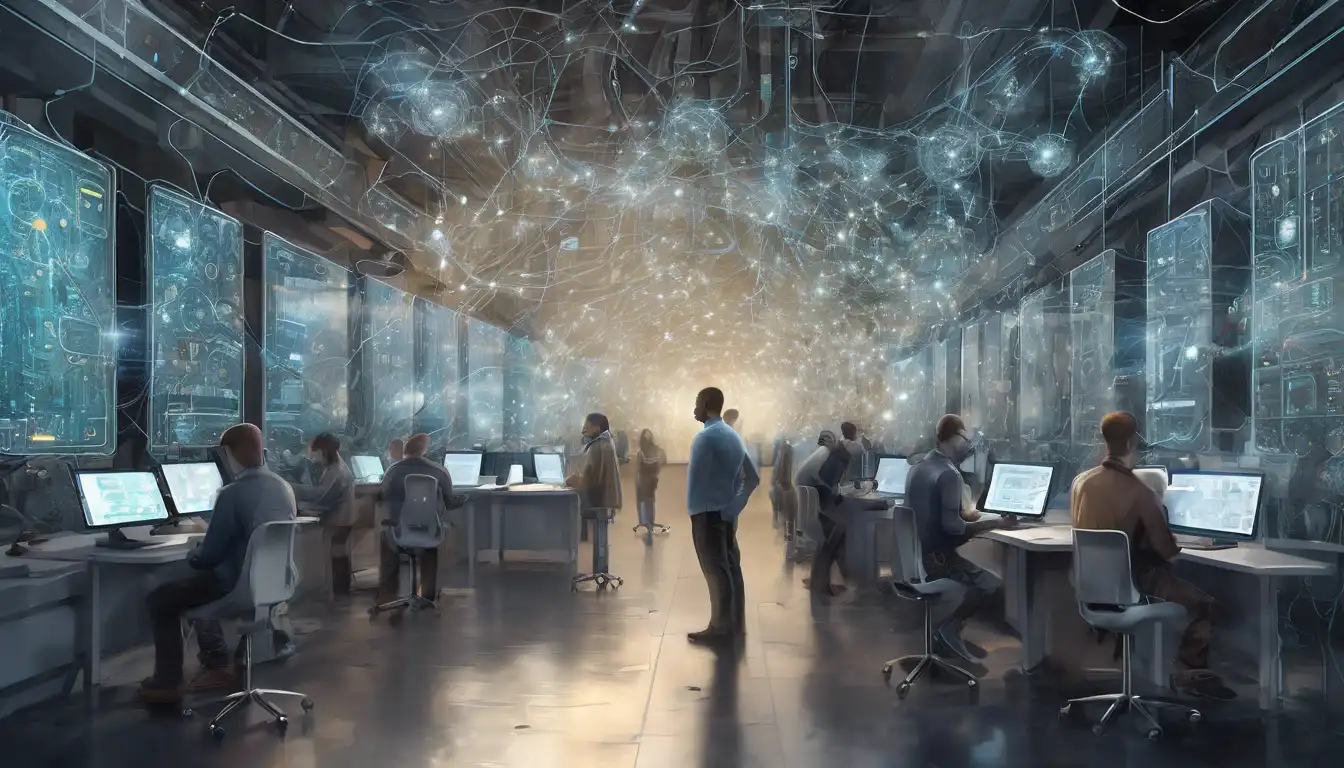Introduction to Machine Learning and Personalization
Machine learning, a subset of artificial intelligence (AI), is revolutionizing the way technology interacts with users. By analyzing data and identifying patterns, machine learning algorithms can personalize user experiences, making technology more intuitive and responsive to individual needs.
How Machine Learning Personalizes Technology
From recommending products on e-commerce sites to customizing news feeds on social media, machine learning algorithms work behind the scenes to tailor experiences. These algorithms analyze user behavior, preferences, and interactions to predict what users might like or need next.
Examples of Personalization in Action
- Streaming Services: Platforms like Netflix and Spotify use machine learning to recommend movies, shows, and music based on your past behavior.
- E-commerce: Amazon and other online retailers suggest products you're likely to buy, enhancing your shopping experience.
- Smart Assistants: Devices like Alexa and Google Home learn from your commands to provide more accurate responses over time.
The Benefits of Machine Learning in Personalization
Personalization powered by machine learning not only improves user satisfaction but also increases engagement and loyalty. Businesses benefit from higher conversion rates, while users enjoy a more seamless and relevant experience.
Challenges and Considerations
Despite its advantages, personalization through machine learning raises privacy concerns. It's crucial for companies to balance personalization with user consent and data protection.
Future Trends in Machine Learning and Personalization
As machine learning technology advances, we can expect even more sophisticated personalization. This includes predictive text and email writing, more accurate health recommendations, and even personalized learning paths in education.
For more insights into how AI is shaping the future, check out our article on The Future of AI.
Conclusion
Machine learning is at the heart of personalizing technology, making it more adaptive and user-friendly. As we move forward, the potential for further customization is limitless, promising a future where technology understands and anticipates our needs like never before.
